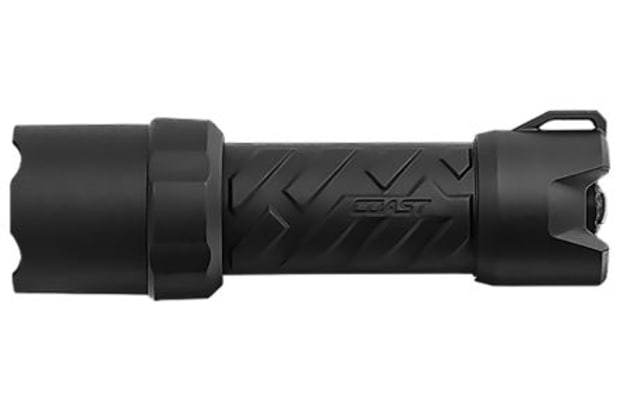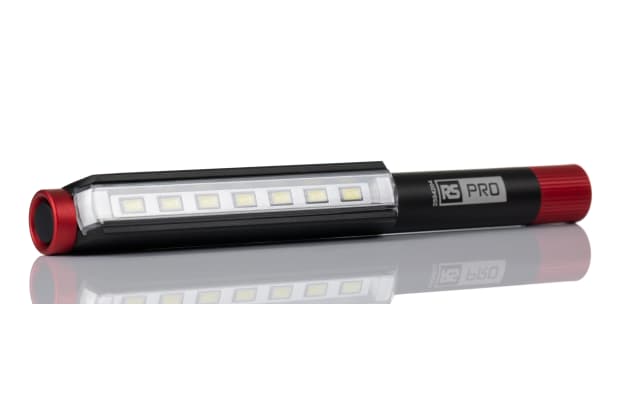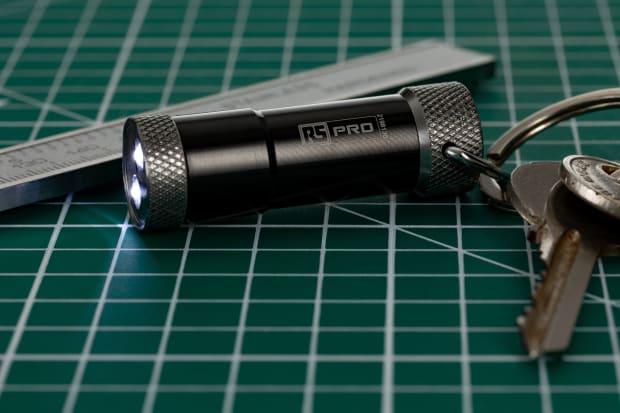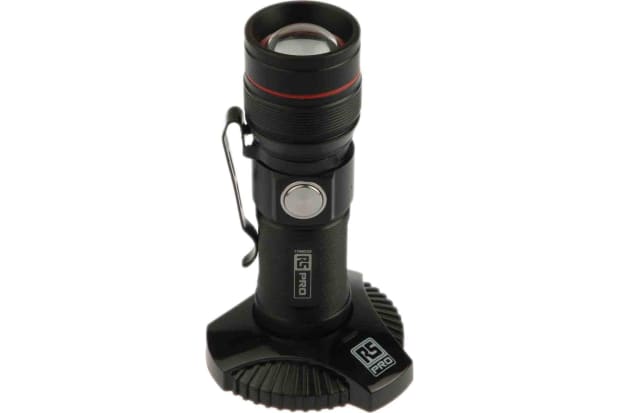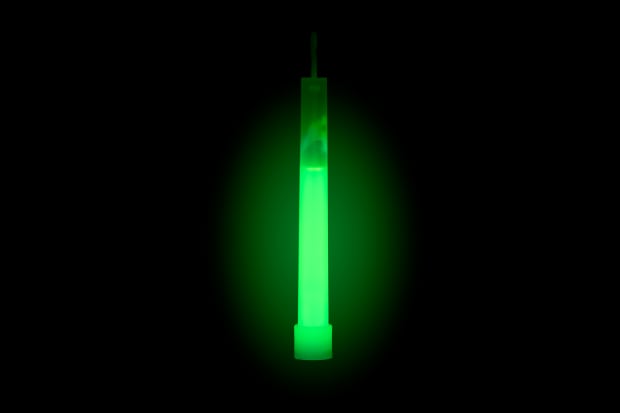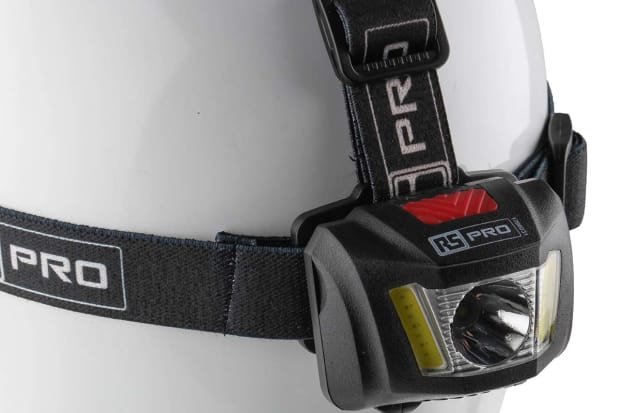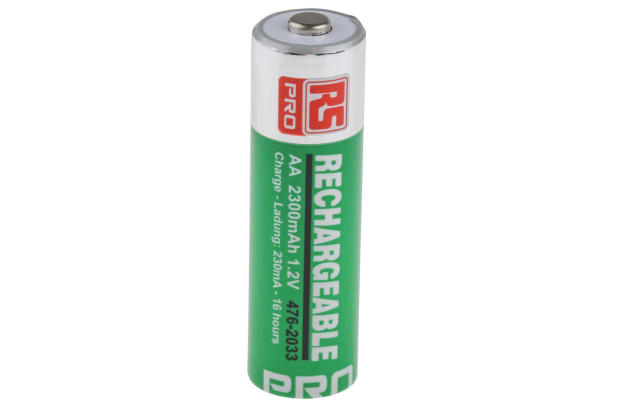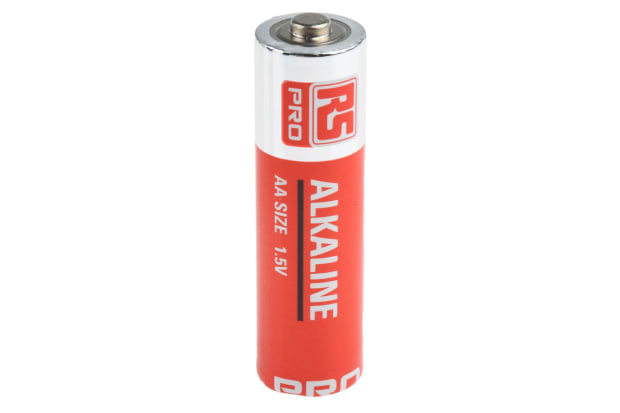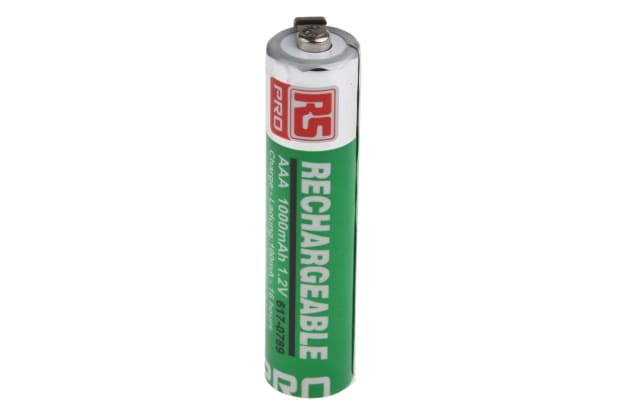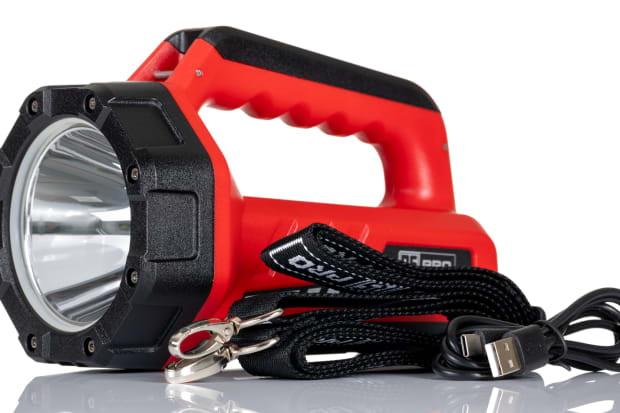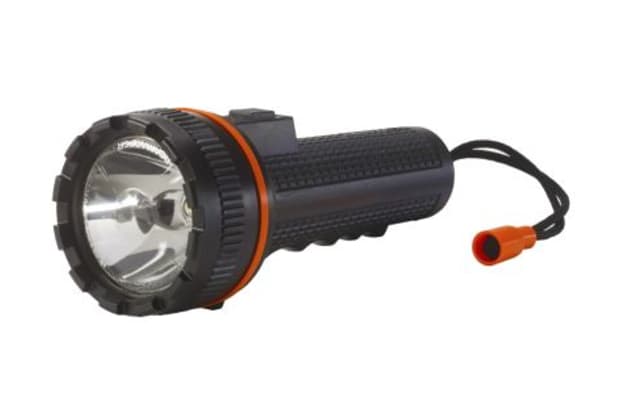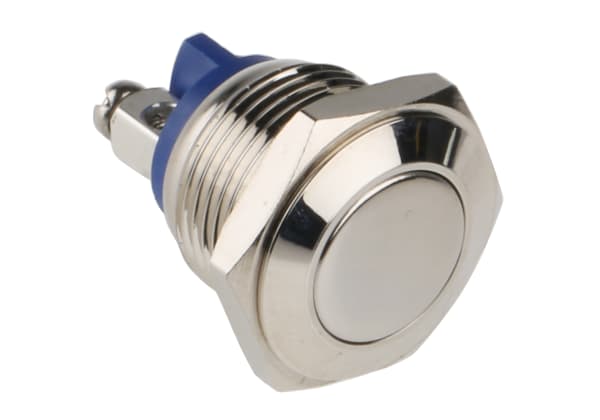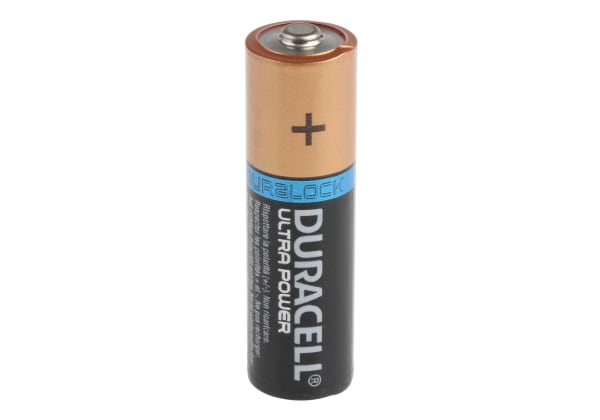- Published 11 Jan 2023
- Last Modified 8 Nov 2023
- 9 min
The Complete Guide to Torches
Feeling in the dark about torches? Let us shine a light on everything, our guide shows you the different torch and flashlight types available so you can pick the right one for you.
What is a torch?
Most of us have needed to use a torch, also known as a flashlight, at some point whether for work, at home or outdoor activities. With the constant development of lighting technology Torches are constantly evolving as an important battery operated portable light source available in various sizes, types and designed for specific needs and purposes.
With the advances of LED lighting technology torches and flashlights are more efficient and versatile than ever and from this guide we aim to assist you with all available options whether for everyday use or as an important emergency light source.
How do torches work?
Today most torches, or flashlights, are designed to work with LED energy efficient bulbs and are battery powered, which can be either disposable or rechargeable.
Standard Alkaline batteries are an affordable option normally providing between four and ten hours of light on one set, while lithium-ion rechargeable batteries will last till they require recharging.
The different parts.
- The outer casing / body can be made from materials like aluminium, plastic, or steel providing protection for the internal parts of the torch. The torch casing may include a textured surface or grips providing you a secure hold.
- The Torch bulb, when switched on, provides your light source. Torches are normally supplied complete with the bulb which can be a standard incandescent bulb or an LED (light emitting diode) bulb. LEDs have a longer life span and are more energy efficient.
- The torch Reflector is normally found at the back of the torch bulbs / LEDs and designed to direct and focus the light beam. Depending on the torches design and specific use the beam can produce a floodlight or spotlight light beam.
- The torch lens or cover protects the bulb / LED from damage helping to distribute the light. Some torch designs have adjustable covers and lenses allowing you to change the pattern of the light beam.
- The torch battery compartment is where one or more batteries are placed and accessible by a cover or screw cap. Battery compartments are designed to hold the exact number of batteries required to power the torch. Rechargeable torches will include a battery recharging port or a docking area for recharging the internal batteries.
- Every torch will include a power button, switch, or twist mechanism to turn the torch on and off.
The features of a torch may vary depending on the specific use the torch was designed for. It can be for everyday general-purpose use, industrial use, tactical use within security or for outdoor activities.
Types of Torches
Tactical torch
Tactical torches and flashlights are a purpose-built torch designed to meet the demands of anyone who requires a rugged and reliable light source. Used by law enforcement, military, and outdoor enthusiasts. High performing, excel in challenging environments with intense and targeted light a versatile and adaptable torch some models feature an Ultra-violet light source and UV LEDs.
Penlight
Designed and purpose built for precision a penlight torch provides a focussed light beam that is ideal for close inspection work all within a slim pen shaped casing. Compact, used by healthcare professionals, engineers and anyone who needs a reliable pocket-sized targeted light source with some pen torches being rechargeable.
Keyring Torch
Designed with a keyring attachment, a keyring torch is small, lightweight, attaches anywhere thanks to the keyring clip, still providing an excellent focussed light source. Ready to use whenever you need it, from lighting your way on a dark night, unlocking your door, outdoor activities, attach it to a rucksack, handbag or keys plus some models are rechargeable.
Rechargeable torch
Designed with sustainability in mind a rechargeable torch reduces our environmental footprint featuring lithium-ion batteries. The torch battery can be recharged via a USB port or charging station plus use an LED or UV LED energy saving light bulb. Economical, no batteries to replace, high performance luminosity and longevity plus a wide range of designs and sizes.
Safety Light Glow Stick
Safety light glow sticks are a portable and lightweight light source also known as emergency glow sticks or chemical light sticks. Safety light glow sticks are an important light source used in emergency situations within any environment, indoors and outdoors. As the glow sticks require no external power source, they are a dependable light source where a battery powered source is not practical or available.
Head torch
A head torch is a perfect hands-free lighting solution as the torch is attached to an adjustable secure headband targeting the light beam with your head movement. A Versatile light source that can be used anywhere at work or at home, especially for example, electricians working within crawl spaces or for outdoor activities like caving, and hiking. Some models are rechargeable plus some allow for the torch to rotate plus the head torch can be worn with a safety helmet.
Maglite Torches
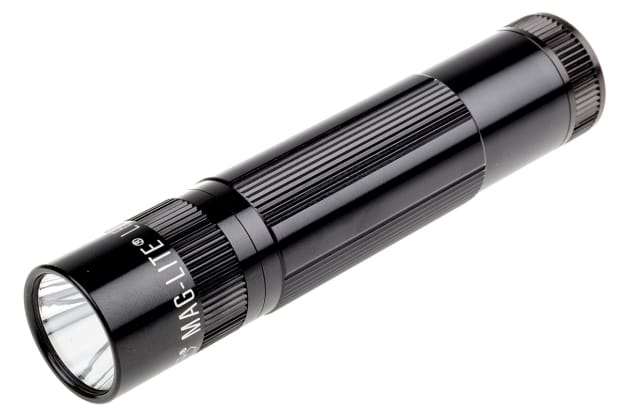
Maglite or Mag-Lite torches and flashlights are a brand manufactured in the US by Mag Instrument. Maglite Torches are recognised for their durability, reliability, and design. The outer cases, made from aircraft-grade aluminium alloy, makes these Maglite torches lightweight and resistant to corrosion, excellent for use in all weather conditions.
Maglite torches and flashlights provide you with a wealth of options, adjustable focus and light beam adjustment, variable light modes including strobe settings, spotlight and floodlight capability, different sizes and levels of power including extended battery life.
The torch model displayed features a twisting head which can be adjusted so the beam can flood any scene as well as narrow in to focus on smaller areas.
That’s why the Maglite is used by professionals worldwide and is one of the most important lights used by the army, the police and emergency service professionals.
RS PRO Torch Product Range
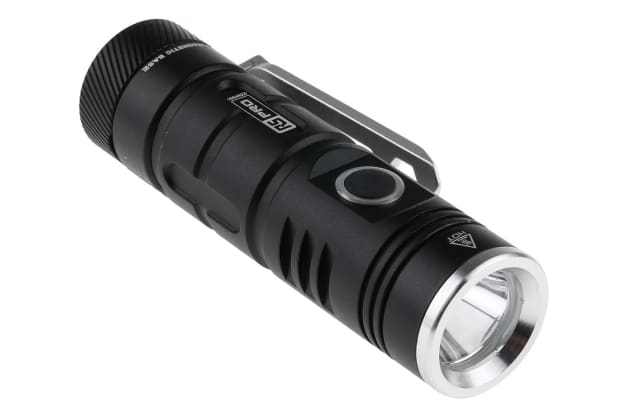
RS PRO Torches offer commitment to excellence with a torch and flashlight range offering guaranteed reliability, durability, and quality. Designed to meet professional needs across industries RS PRO has brought together a range of torches where cutting edge technology meets the highest standards of performance.
A feature product within the RS PRO range is a rechargeable LED Pocket Torch made from aircraft grade aluminium, with a magnetic base, complete with a multifunction aluminium tool. The wealth of features includes, SOS and Strobe light functions, IPX4 water resistance, LED indicators, four light settings.
Torch performance
What do you expect from a torch or flashlight? Do you want a torch for everyday domestic use or is it needed for a specific purpose? Always consider what your specific needs are and what you need the torch to do as different applications may need various lighting solutions. Some models provide special features like adjustable focus, coloured LEDs and offer various accessories like diffusers and filters.
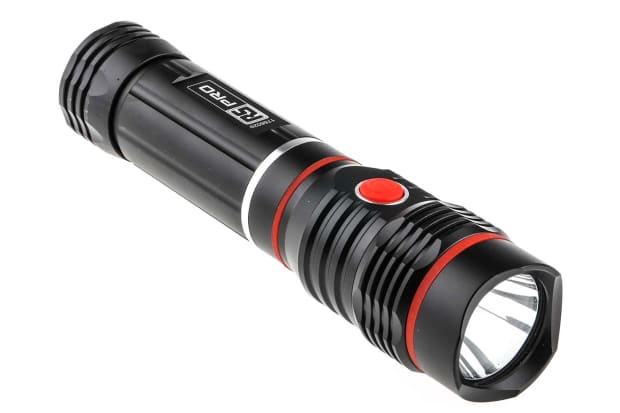
Light Output
Light output is measured in lumens (lm), which is the unit of measure of the total amount of visible light produced by a light source. Lumens measure the brightness of the light so the more lumens produced the brighter the light produced will be.
LED (light-emitting diode) lights are a popular light source offering greater energy efficiency, better battery consumption, increased brightness, and better impact resistance than incandescent light bulbs.
Beam Distance
The beam distance or throw tells you how far the beam of light has an effective reach. This is an important consideration when a torch or flashlight is used in applications where long-range visibility is vital.
Beam Pattern
The beam pattern of a torch explains how the torch light spreads the produced light. Some standard patterns of light distribution are, spotlight (focussed narrow beam), flood light (wide light distribution) plus adjustable light allowing you to switch between different light modes.
Run Time
This refers to how long a torch will operate continuously on a single set of batteries or a fully charged re-chargeable battery. A manufacturer will supply the runtime information for differing brightness levels.
Impact Resistance
Measures a torches ability to withstand drops and not cause any damage. Lights that have been impact tested have normally been dropped six times onto concrete at rated distances. A torch or flashlight that has been designed for robust and harsh environments will normally have a higher impact rating than standard torches.
IP Rating
IP Rating is a short description for Ingress Protection Rating which determines the level of protection an enclosure, in this case a torch, provides protection from intrusion by external environments like dust, dirt and liquids (levels of water resistance).
Water resistance is important of the torch flashlight is used outside in all weather conditions, or in and around water it is rated using the IPX rating system. An IPX4 rated torch flashlight is splash resistant from all sides. IPX7 is resistant to temporary immersion withstanding up to 30 minutes at a depth of 1 m. IPX8 resistant to submersion up to 4 hours at a specified depth.
Power your Torches
AA batteries are one of the most common types of swappable power cells in circulation today. They are what we picture when we think of the standard size and shape of a replaceable battery.
AA batteries are used in single cell devices or combined into pairs (or larger multiples) for powering larger but still portable consumer electronics. A versatile battery and available worldwide as rechargeable and non-rechargeable.
We offer you a selection of popular AA, AAA rechargeable and non-rechargeable below:
Popular torch brands
Here are some of our most popular Torch Flashlight brands – click on the buttons below to see the wide choice of products available:
We also have a great range of torch accessories available, as well as an extensive lighting collection


